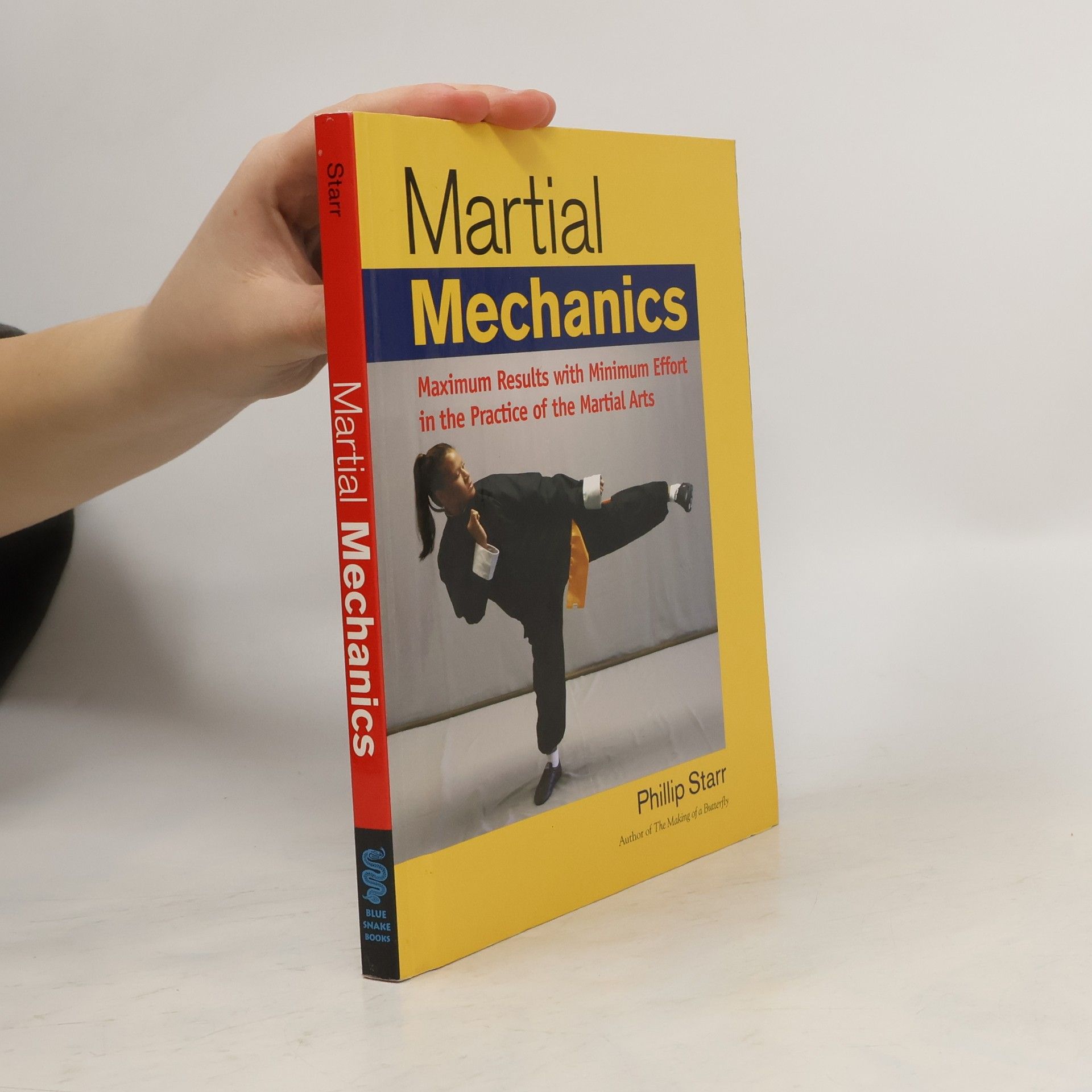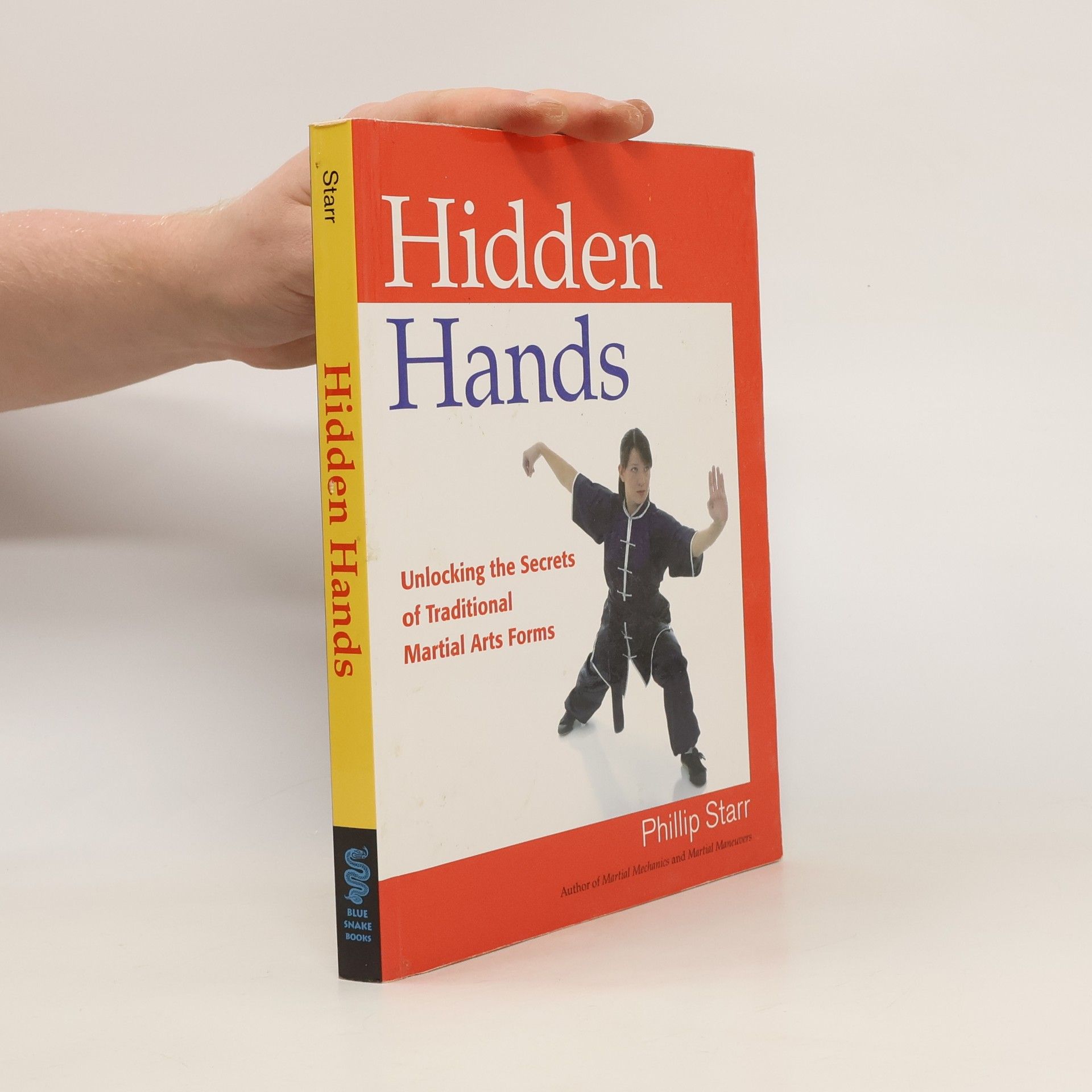This book presents an innovative method for self-improvement in martial arts by integrating psychological insights with Qigong principles. It emphasizes a body-focused approach, encouraging practitioners to develop both mental and physical skills. Through this unique blend, readers can enhance their martial arts practice while fostering personal growth and well-being.
Phillip Starr Books





Baguazhang
- 256 pages
- 9 hours of reading
A comprehensive guide to the fundamentals, sequences, and applications of Baguazhang. Baguazhang is unquestionably one of the most esoteric disciplines in martial arts. Based on the eight trigrams (bagua) of the Yi Jing, it emphasizes the importance of maneuverability, evasion, and change to deflect an aggressor's attacks. Unlike martial arts systems that employ overt punches, kicks, and grappling techniques, most of the bodily weapons of the baguazhang arsenal are well concealed, agile, and smooth. Utilizing deceptive forms of footwork and body shifting, the principles and techniques in this book will help readers develop a firm foundation and build a critical skill set for this unique martial art. Longtime martial arts practitioner and author Phillip Starr introduces readers to the basics of baguazhang, showing how the movements of this widely misunderstood art can be practically applied in self-defense. Readers will learn: • Key baguazhang principles • Footholds • Basic stepping techniques, walking exercises, and postures • Proper alignments • "Mother palms," or basic exercises critical to the development of the "bagua body" Ideal for newcomers to baguazhang, this introduction elucidates the two foundational Single Change and Double Change Palms and offers a refresher for advanced practitioners looking to further explore applications for movements they already know.
Hidden Hands: Unlocking the Secrets of Traditional Martial Arts Forms
- 248 pages
- 9 hours of reading
The solo forms or sets of a martial art may appear to be merely flashy performances or rote exercises for conditioning, and because of this many students disregard this aspect of their training. True martial arts masters, however, know that the forms of a system actually contain all of the techniques and secrets of that system—if one knows how to look for them. Often called the “great books” of martial arts, forms are crucial for a deeper understanding of the art one practices.In Hidden Hands , Phillip Starr provides detailed instruction in the art of reading martial arts by first mastering rudimentary “words” (individual techniques) and then moving on to simple “sentences” (combinations of techniques), the student will come to understand forms as ancient documents that contain the true essence of their art. Starr discusses different aspects of forms practice such as rhythm, timing, spirit, and performance, and presents specific guidelines for interpreting the movements of various forms. The book ends with the dissection and interpretation of a complete form. Containing examples from Chinese, Japanese, Okinawan, and Korean martial arts, Hidden Hands shows serious practitioners how to improve in any art and style.
Interest in a wide range of martial arts grows exponentially each year, but few practitioners understand the scientific forces that underlie these arts. The originators of ancient traditional systems intuitively grasped the body mechanics behind their disciplines, and thus were capable of generating uncanny striking force. Contemporary students, on the other hand, often fail to achieve the high levels of technical proficiency they desire because they are unaware of these laws and how they work in a martial arts context.Drawing on the author’s decades of experience as both student and teacher, Martial Mechanics explains, in humorous, easy-to-understand language, how physics and kinesiology affect martial arts techniques and how readers can best utilize them to make them faster, more powerful, and hence more effective in actual combat. Featuring black-and-white photographs throughout, Martial Mechanics is written for both internal and external martial artists, mixed martial arts practitioners with an interest in competition or self-defense, students of kung fu, karate, taekwondo, muay thai boxing, kickboxing, wing chun, and more. Even many of the traditional grappling arts utilize certain striking techniques, and their disciples as well can improve their percussive skills with this practical guide.
Authentic Iron Palm
- 112 pages
- 4 hours of reading
An advanced training course for developing a strong striking hand to deliver powerful blows using the Iron Palm martial arts technique A comprehensive guide for experienced practitioners of Chinese martial arts—including kung-fu, karate, and taekwondo—with over 200 instructive images Iron Palm is a set of martial art conditioning skills—dating back to the Shaolin Temple of 5th-century China—whose purpose is to strengthen the hand while empowering the fighter to strike with force and precision. Training is focused and incremental, requiring the guidance of an experienced master. Author, instructor, and 5-time US National Chinese martial arts Champion Phillip Starr provides the definitive guide to Iron Palm, meticulously outlining the 3 sequential steps of training: • hardening limbs • developing technique • engaging Qigong for coordinating breath and mind The end result is a more powerful and precise strike that can impact the target’s viscera with no trace on the outer body. Lavishly illustrated with more than 200 images, this book is ideal for experienced martial arts practitioners.